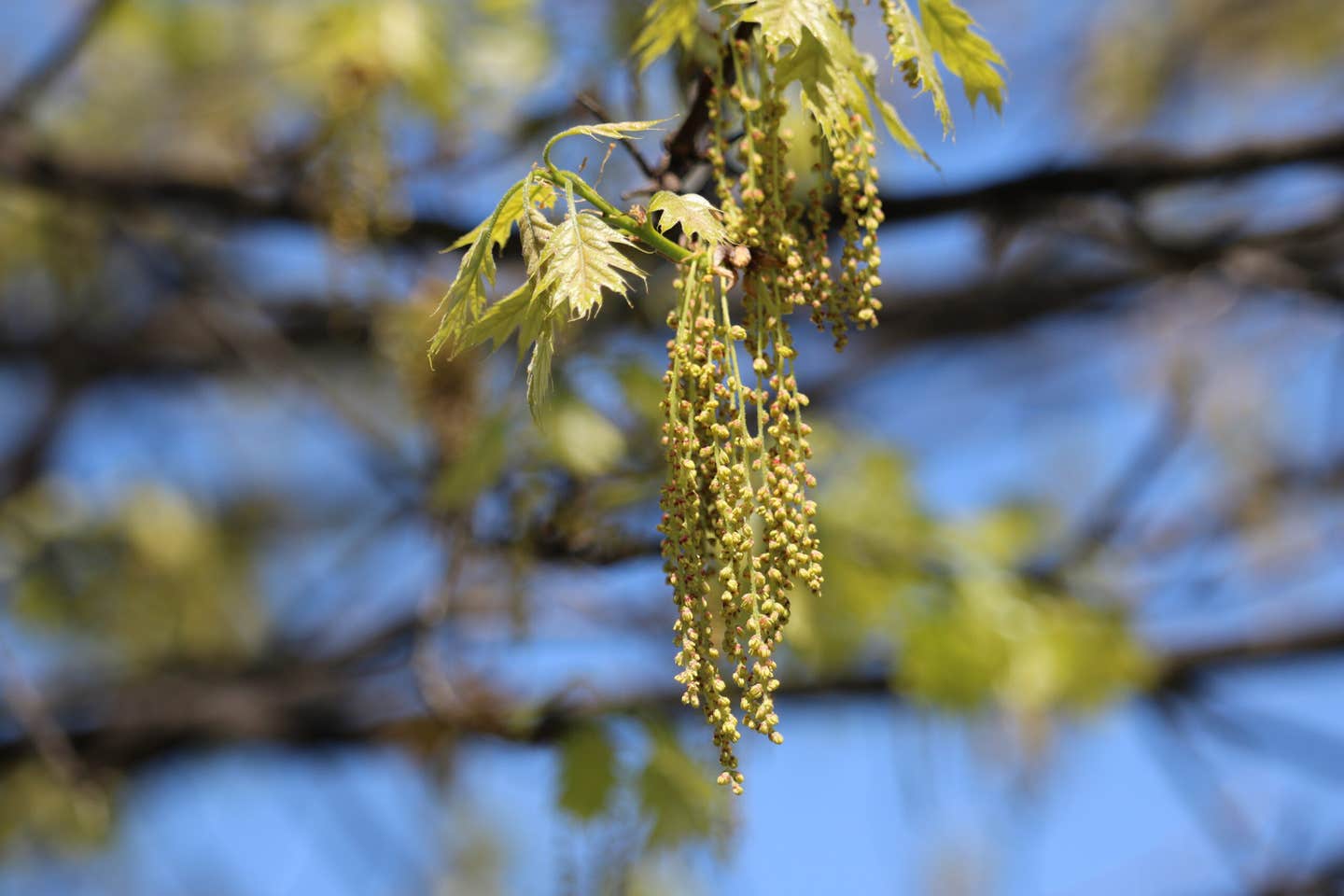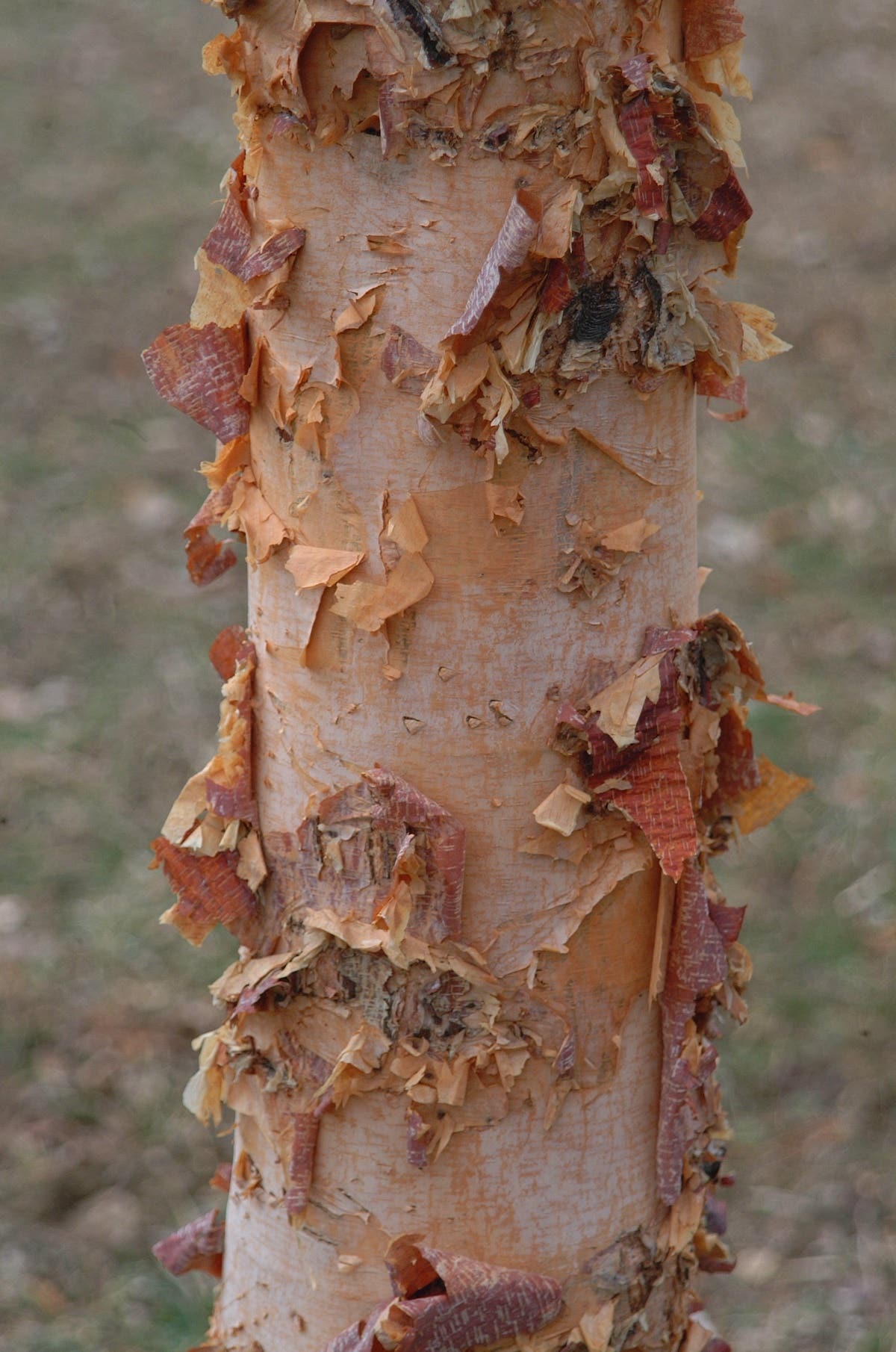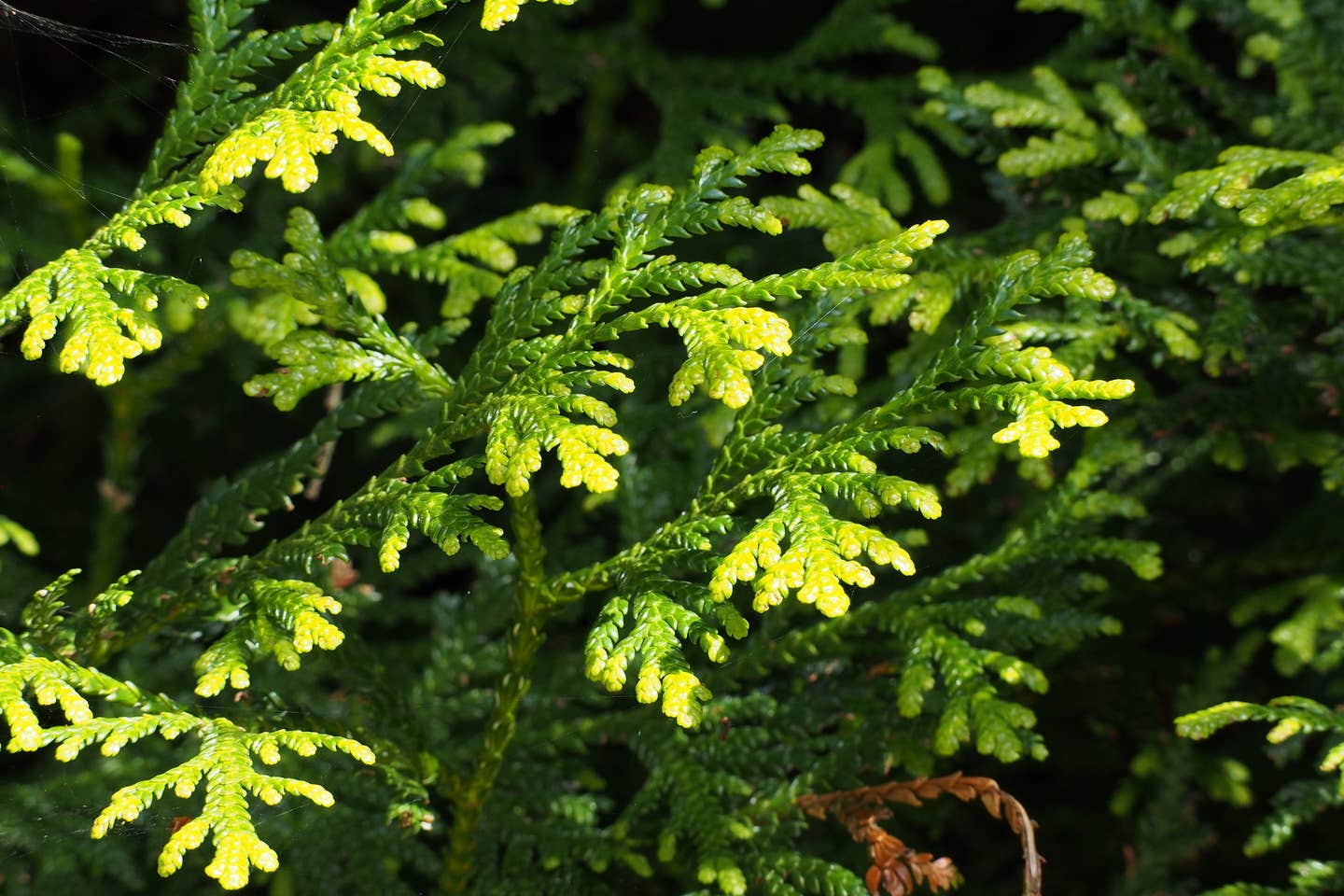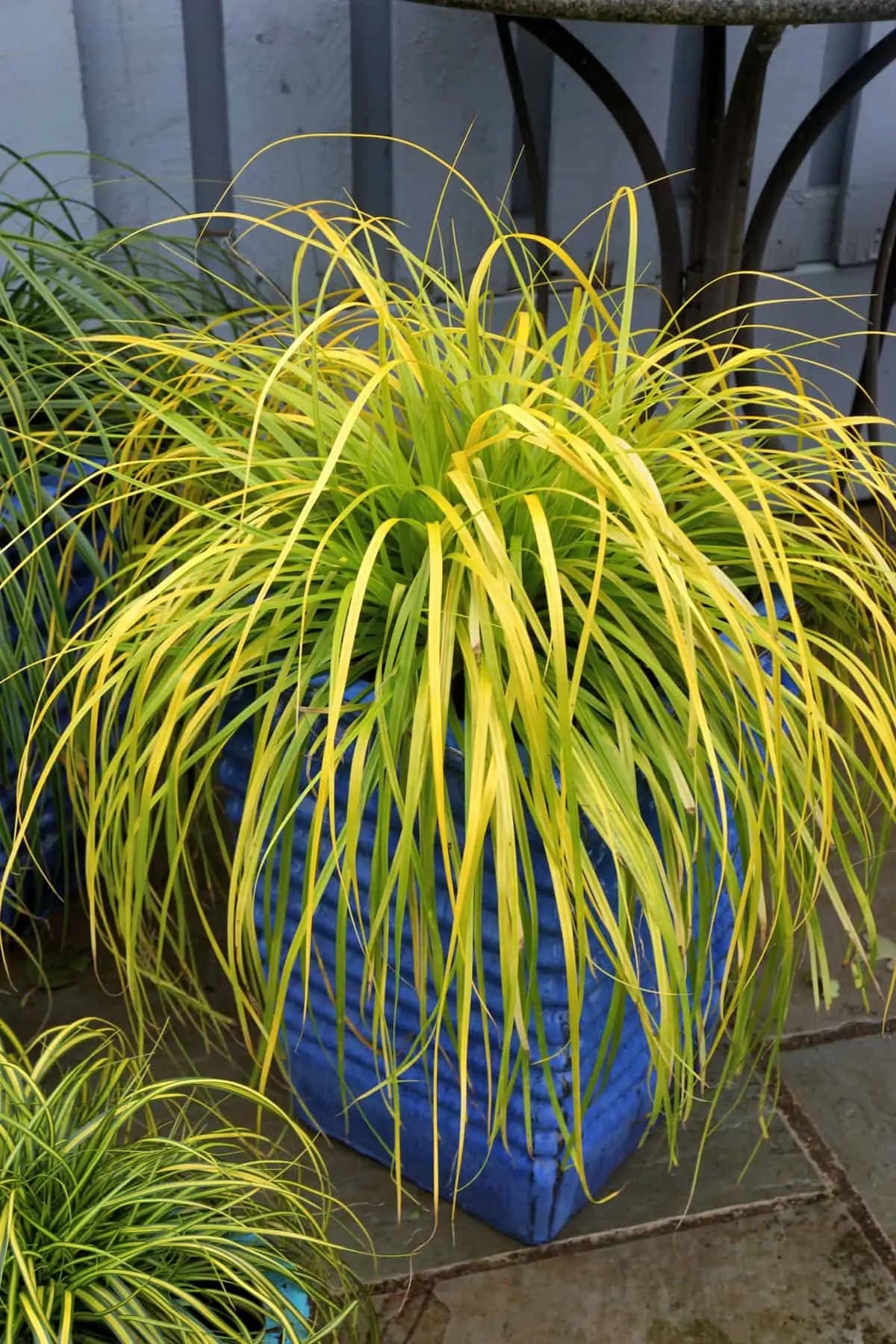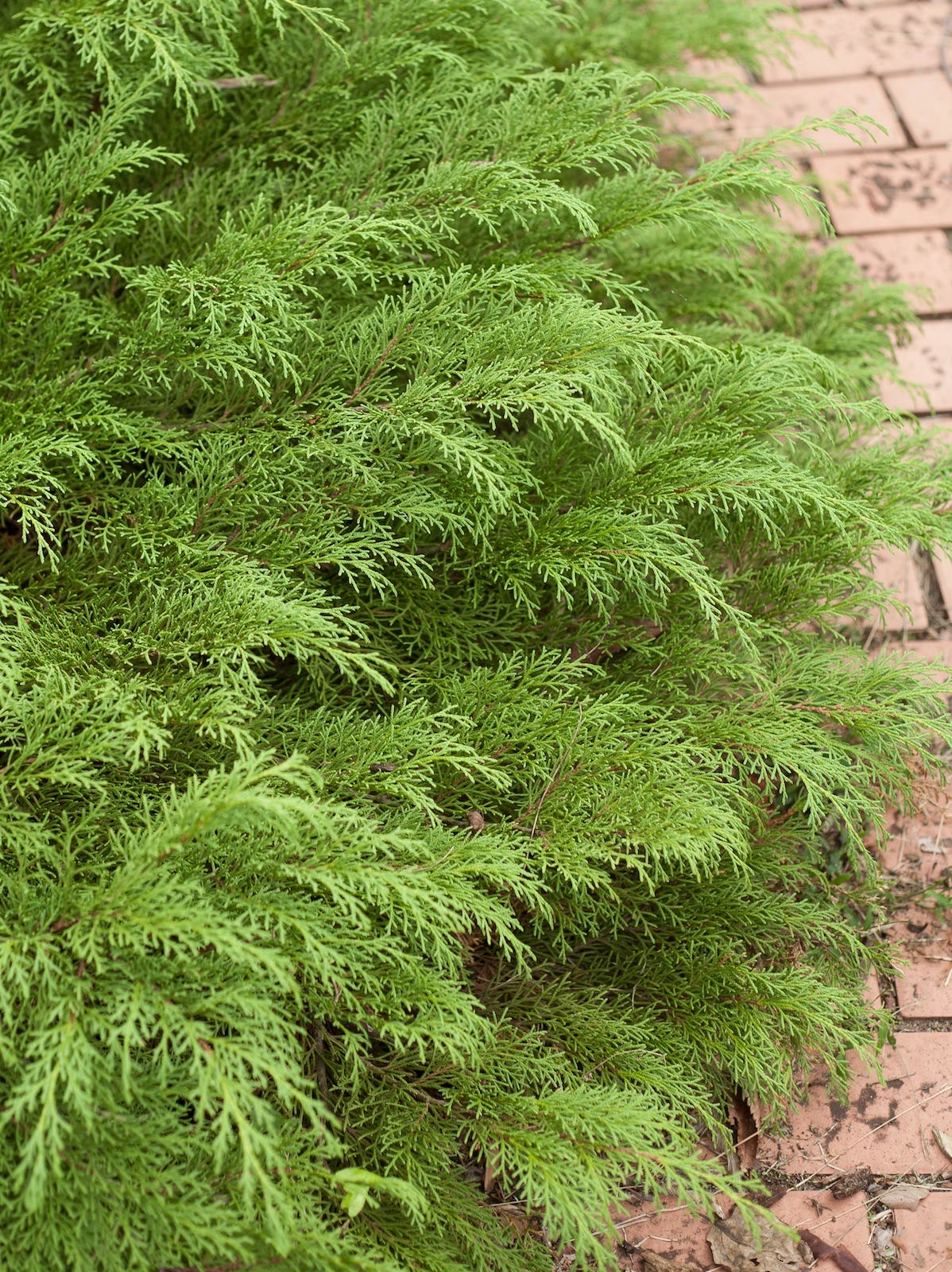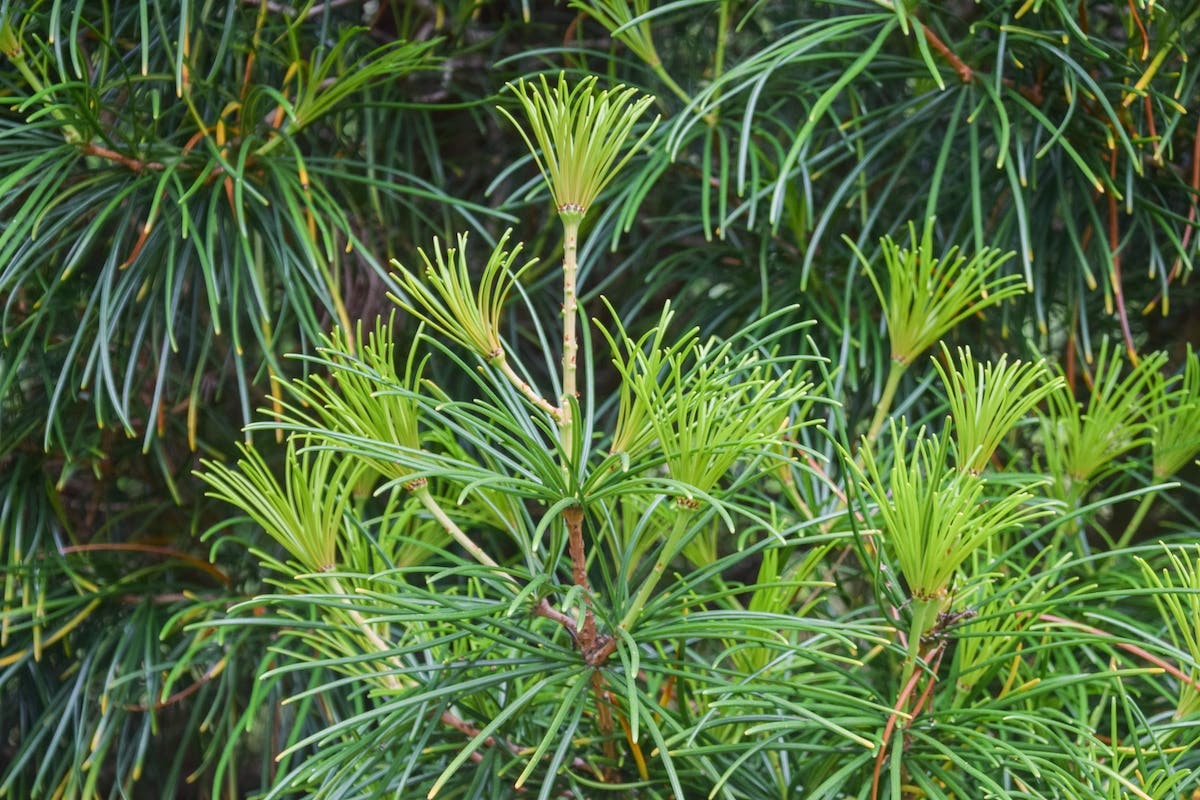Vernal equinox or no, in southern New England things still look pretty grim in late March. Thank goodness for those plants that say, in effect, “I don't care that the weather is disgusting; I'm going to bloom, and to hell with the consequences.” Viburnum xbodnantense is one such brave vegetal soul, opening its clusters of spicily fragrant, clear pink flowers just at the point where one more day of gray skies overhead and slush underfoot will send you over the edge.
Viburnum xbodnantense is the result of a cross between two Asian species, V. farreri, from northern China, and V. grandiflorum, from the Himalayan region. (Although the plant was first raised at the Edinburgh Botanic Garden in 1933, it didn't receive its official name until two years later, from a similar plant growing at the garden of Bodnant in Wales, hence the specific epithet.) Both parents bear highly attractive flowers early in the year, but they have the reputation of being shy bloomers; also, V. grandiflorum can be stiff and gawky.
Fortunately, V. xbodnantense has a better habit and blooms more heavily than either of its parents. My own six-year-old specimen, which is the cultivar ‘Charles Lamont’ (the slightly paler ‘Dawn’ is the clone most frequently encountered), has assumed an open vase shape, aided by a bit of judicious pruning, and is about six feet tall. I planted it within view of a kitchen window where I go to check the temperature each morning on a thermometer mounted on the window frame. Even though the mercury might rise no higher than the 30s or 40s, it is wonderfully reassuring to see those pink clusters hugging the leafless branches. If the weather stays cool, the display will last a good three to four weeks; a hard freeze, however, will turn the flowers to brown mush, so it pays to give your plant a sheltered site. Although V. xbodnantense will bloom reasonably well in partial shade, the more sun you give it, the more flowers you'll get.
Admittedly, V. xbodnantense is not a shrub you would plant for its summer presence, although the foliage stays perfectly respectable and even assumes handsome tints of russet and rose in the fall. Still, I wouldn't be without it—it settles in easily (I've moved mine twice), doesn't have to be fussed over, and will even tolerate a moderate level of drought once established. But more than that, it makes you believe in the possibility of spring.
Read about witherod viburnum


